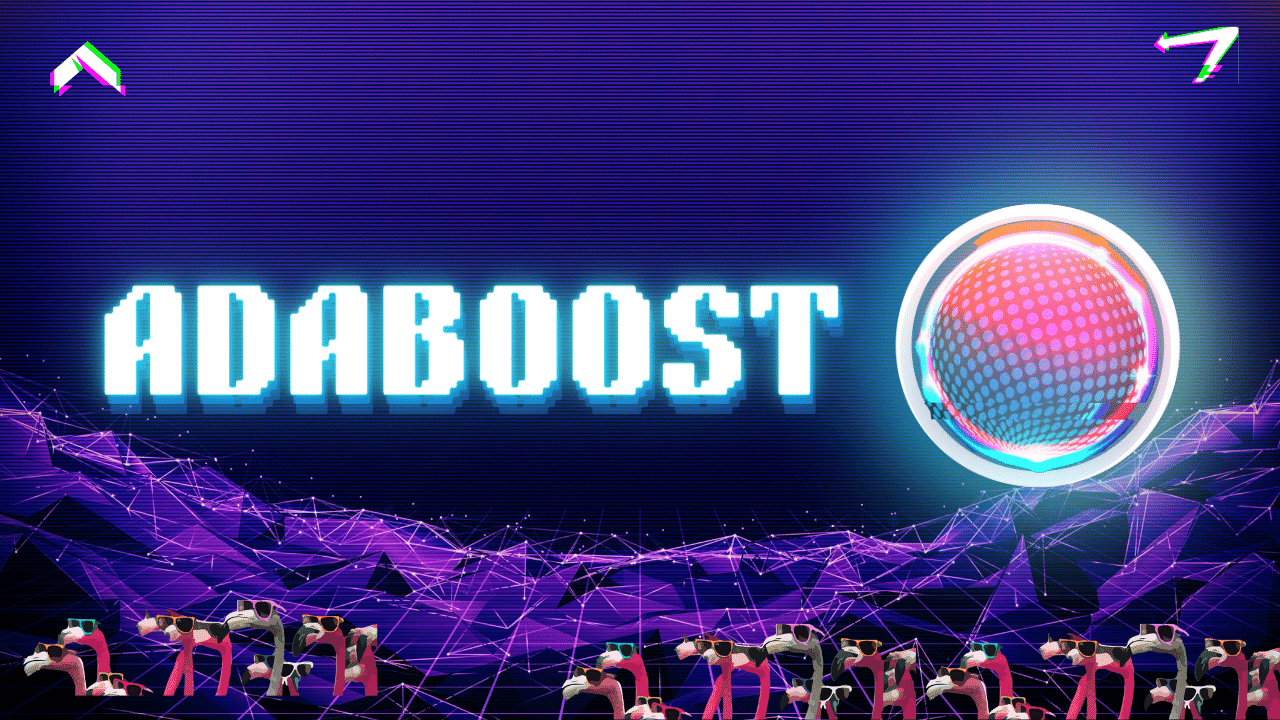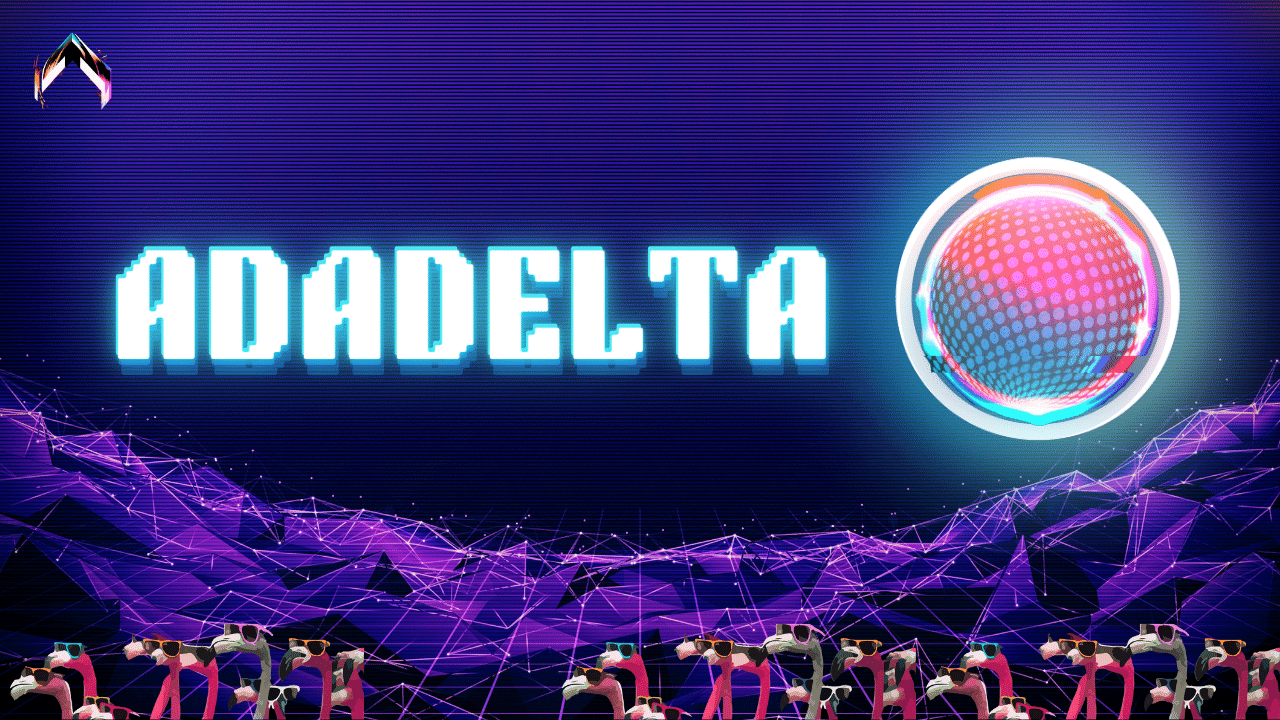Action recognition in videos is an area of study in computer vision and pattern recognition that is used to identify and categorize human actions in a video sequence. This involves analyzing the spatiotemporal dynamics of the actions and mapping them to a predefined set of action classes, such as running, jumping, or swimming.
Understanding Action Recognition in Videos
Video recognition technology has been used in various industries such as film, TV, and security to make decisions based on vi
Action recognition is a task in computer vision that involves recognizing human actions in videos or images. The objective is to categorize and classify the actions being performed in a video or image into a predefined set of action classes. The necessity for computers to understand human actions, such as athletic activities or simple gestures, is increasing with the advancement of technology.
What is Action Recognition?
Action recognition is a common task in computer vision, which aims to tr
Action Triplet Recognition: Understanding Human Object Interaction
Have you ever thought about how you understand the actions happening around you? How you recognize a person picking up a cup or someone performing surgery? This ability stems from our brain's recognition of action triplets - consisting of subject, verb, and object - which form the building blocks of understanding how humans interact with objects.
For example, let's consider a simple action of a person writing on a piece of pape
Action Unit Detection: Understanding Facial Expressions Through Technology
What is Action Unit Detection?
Action unit detection is the process of identifying specific movements in a person's facial muscles or other parts of their body. These movements, known as action units, are often indicative of certain emotions, such as happiness, sadness, or anger.
How is Action Unit Detection Used?
Action unit detection is used in a variety of industries and fields, including psychology, advertising,
What is Activation Normalization?
Activation Normalization is a type of normalization that is used for flow-based generative models. It is a technique that was introduced in the GLOW architecture, which is a popular deep learning framework. The aim of Activation Normalization is to improve the computational efficiency of the model and to make it more robust to variations in the data.
How does Activation Normalization Work?
An ActNorm layer performs an affine transformation of the activations
Activation Regularization (AR) is a type of regularization used in machine learning models, specifically with Recurrent Neural Networks (RNNs). Typically, regularization is performed on weights, but AR is unique in that it is performed on activations. The goal of AR is to encourage small activations, ultimately leading to better performance and generalization in the model.
What is Activation Regularization?
Activation Regularization, also known as $L\_{2}$ activation regularization, is a meth
Overview of Active Convolution
Active Convolution is a type of convolution that allows for a more flexible receptive field structure during training. Unlike traditional convolutions, the shape of Active Convolution is not predetermined, but can be learned through backpropagation during training. This means that there is no need to manually adjust the shape of the convolution, providing greater freedom in forming Convolutional Neural Network (CNN) structures.
What is Convolution?
Convolution
Active Learning is a powerful approach to machine learning that allows computers to learn from relatively smaller training datasets. It is based on the principle that when a learning algorithm is given enough examples to learn from, it can perform accurate predictions. However, when the dataset is small, the accuracy may suffer, and the algorithm may fail to generalize on new data.
What is Active Learning?
Active Learning is a machine learning technique that addresses this problem by choosing
Active Object Detection:
Object detection is a popular computer vision task suited to identify and locate objects of interest within an image or video. It has numerous practical applications, such as surveillance, autonomous vehicles, face detection, and more. Active object detection refers to the process of training an algorithm to detect objects based on a user's input, thereby enabling the algorithm to learn from its mistakes, making it more accurate and efficient over time.
What is Active
Overview:
Activity prediction is the process of predicting human activities in videos. It involves analyzing video data and extracting information about specific actions taken by humans in a given scene. This information can then be used to make predictions about future activities, classify different types of activities, and improve the accuracy of computer vision systems.
How It Works:
Activity prediction relies on a combination of computer vision and machine learning techniques. The first
Activity recognition is the process of identifying human actions in a video input. This involves determining which specific activity is being performed by the person or people in the video. It is an important problem that has many potential applications in society such as smart surveillance, video search and retrieval, intelligent robots, and various monitoring systems.
Activity recognition is typically approached as a binary or multiclass classification problem. This involves outputting activi
What is ACKTR?
ACKTR stands for Actor Critic with Kronecker-factored Trust Region. It is a reinforcement learning method that helps machines learn from trial and error by rewarding or punishing them based on their actions.
How does ACKTR work?
ACKTR is an actor-critic method that optimizes both the actor and the critic using Kronecker-factored approximate curvature (K-FAC) with trust region.
In reinforcement learning, a machine learns by interacting with its environment. The machine receive
Understanding Actor-critic: Definition, Explanations, Examples & Code
Actor-critic is a temporal difference algorithm used in reinforcement learning.
It consists of two networks: the actor, which decides which action to take, and the critic, which evaluates the action produced by the actor by computing the value function and informs the actor how good the action was and how it should adjust.
In simple terms, the actor-critic is a temporal difference version of policy gradient. The learning of
Understanding AdaBoost: Definition, Explanations, Examples & Code
AdaBoost is a machine learning meta-algorithm that falls under the category of ensemble methods. It can be used in conjunction with many other types of learning algorithms to improve performance.
AdaBoost uses supervised learning methods to iteratively train a set of weak classifiers and combine them into a strong classifier.
AdaBoost: Introduction
Domains
Learning Methods
Type
Machine Learning
Supervised
Ensemble
AdaBound is an improved version of the Adam stochastic optimizer which is designed to work well with extreme learning rates. It uses dynamic bounds to adjust the learning rates, making them more responsive and smooth. This method starts as an adaptive optimizer at the beginning of training, transitioning smoothly to SGD as time goes on.
What is AdaBound?
AdaBound is a variant of the Adam optimizer that is designed to be more robust to extreme learning rates. It is an adaptive optimizer at the
Adadelta is an optimization algorithm that falls under the category of learning methods in the field of machine learning.
It is an extension and improvement of Adagrad that adapts learning rates based on a moving window of gradient updates.
Ever wanted to be listed as a “contributor, editor, or even co-author” on a published book? Now you can!
Simply contribute to the Hitchhiker’s Guide to Machine Learning Algorithms ebook by submitting a pull request and you’ll be added!
Adadelta: Introduc
Have you ever heard of Adafactor? It is a stochastic optimization method that reduces memory usage and retains the benefits of adaptivity based on Adam. In simpler terms, it is a way to make training machine learning models more efficient and effective.
What is Adafactor?
Adafactor is a type of stochastic optimization method. This means that it is an algorithm used to optimize the parameters of a machine learning model. Adafactor is based on a similar optimization method called Adam. However,
AdaGPR is a powerful, novel approach to graph convolution that uses adaptive generalized Pageranks to improve performance. It can be used to learn to predict coefficients and apply generalized Pageranks at each layer, improving the accuracy of GCNII models. In this article, we will delve deeper into the technology behind AdaGPR and what makes it unique.
What is AdaGPR?
AdaGPR is a type of graph convolutional neural network model. It is designed to improve performance by using adaptive general

